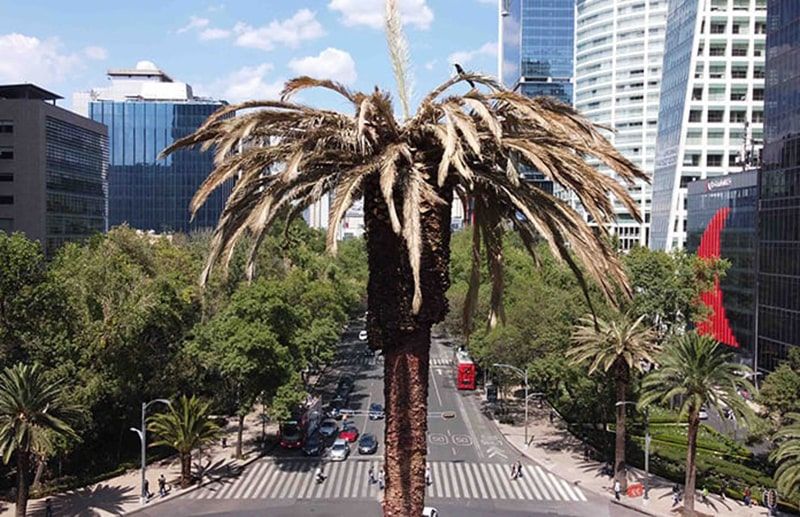Palms succumb to a hostile environment in Mexico City
Species such as Phoenix canariensis, of Paseo de la Reforma, are originally from the Canary Islands, Spain, and belong to coastal areas. It could be an opportunity to replace them with some Mexican natives.





